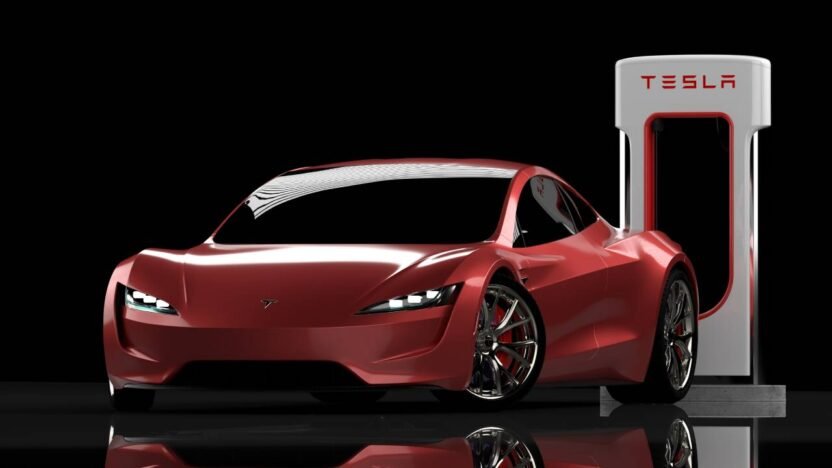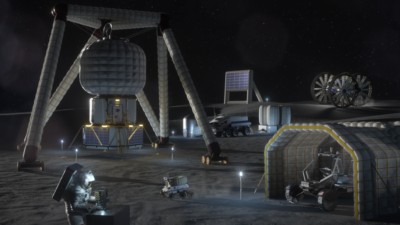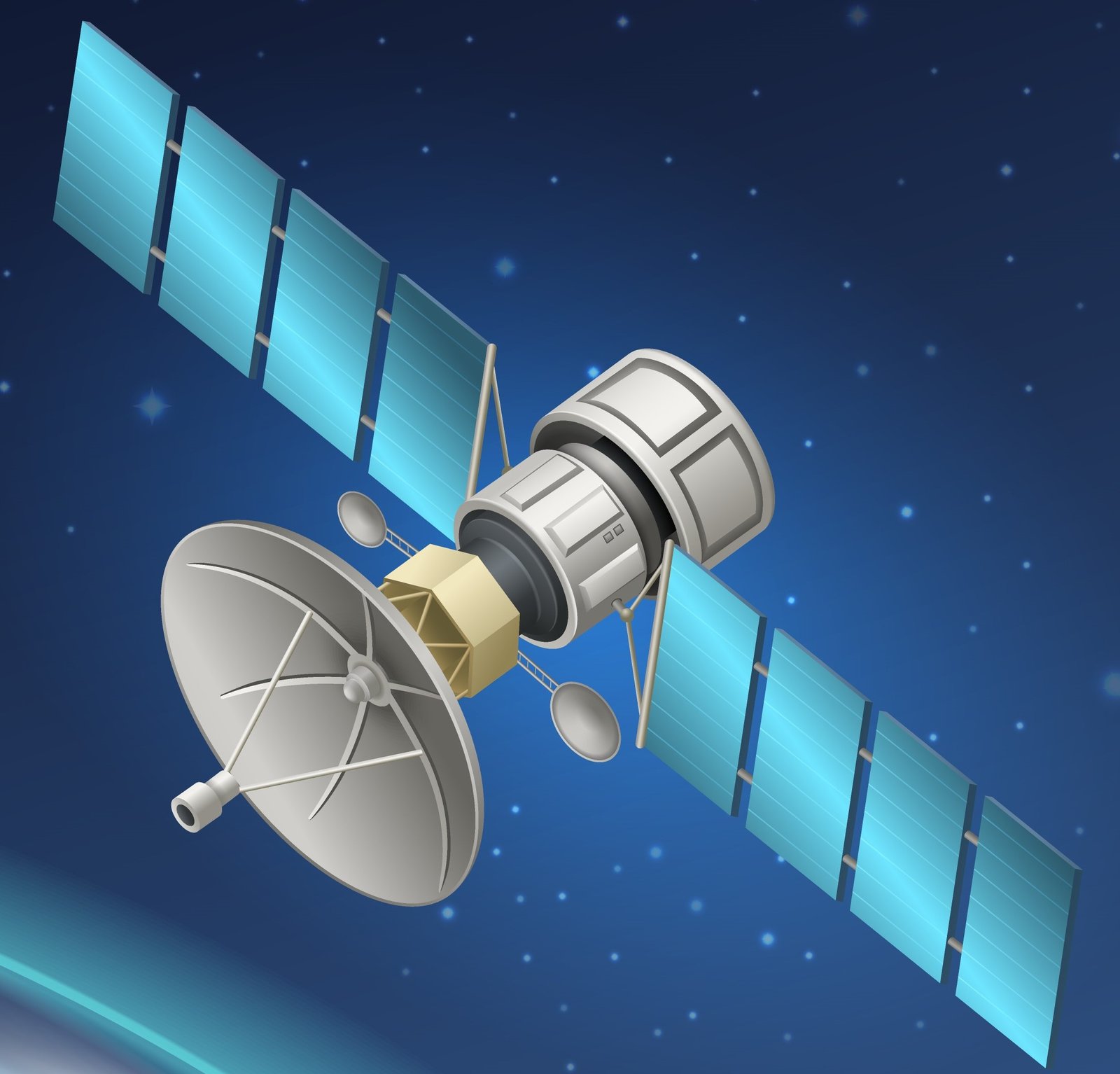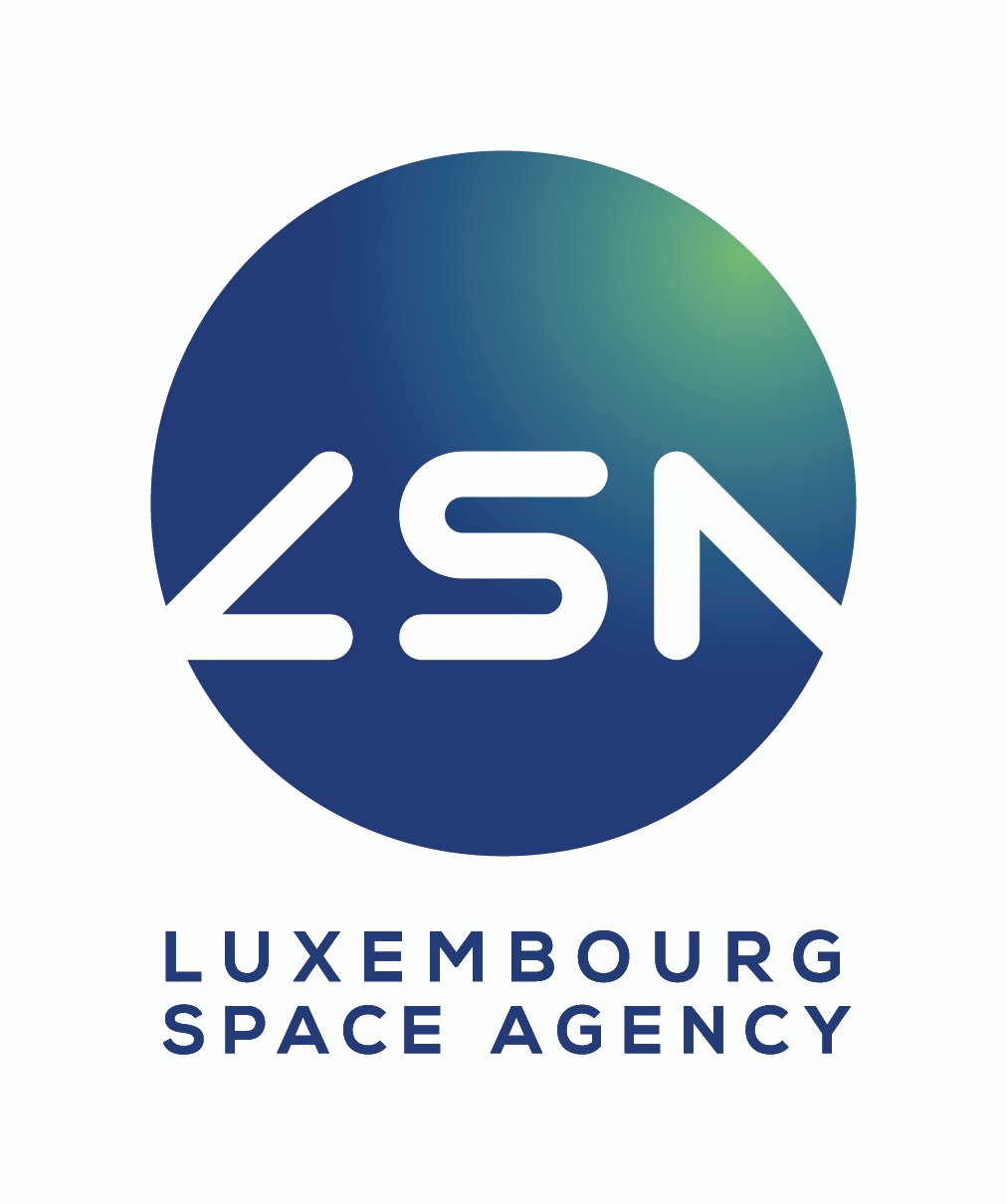Tesla Under Government Investigation for Self-Driving Cars Driving on the Wrong Side of the Road
Tesla is currently under federal investigation by the U.S. National Highway Traffic Safety Administration (NHTSA) after multiple reports revealed that some of the company’s self-driving cars have violated traffic laws. Issues such as driving on the wrong side of the road and running red lights raise significant safety concerns for the electric vehicle giant.
Overview of the Tesla Self-Driving Investigation
According to a document filed by the NHTSA, Tesla has been made aware of 58 distinct incidents involving its Full Self-Driving (FSD) “Supervised” mode, where vehicles did not comply with road rules. This investigation affects nearly 2.9 million Tesla vehicles equipped with this autonomous driving technology. https://scienceandaerospace.blog/science-tech/electric-cars-benefits-and-challenges/
Tesla’s FSD system, which customers pay extra for, enables automated lane changes, turns, and other driving functions. However, it requires drivers to remain alert and ready to take immediate control when necessary. The investigation aims to determine the scope, frequency, and potential safety risks linked to the system’s performance.
Traffic Violations and Safety Issues Reported
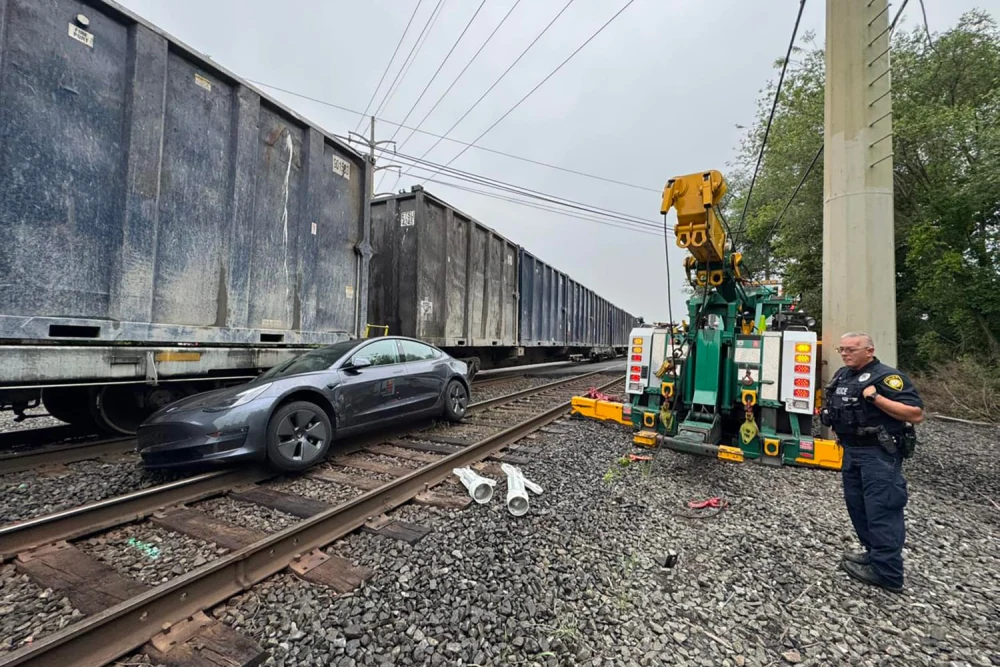
One primary concern is that several Tesla vehicles have been recorded driving on the wrong side of the road during turns, creating dangerous situations with little warning or chance for the driver to intervene. There have also been multiple instances of Teslas failing to stop at red traffic signals. The NHTSA report specifically highlights six crashes caused by Tesla vehicles that prematurely crossed intersections while the traffic light was still red. Four of these accidents resulted in injuries.
At a notable intersection in Maryland, where repeated violations occurred, Tesla has reportedly taken action to address the problem. The agency’s inquiry will further examine these violations and their implications for public road safety.
Related Safety Investigations and Concerns
Tesla Under Government Investigation: This investigation adds to Tesla’s ongoing regulatory scrutiny. The NHTSA is also probing Tesla’s door locking mechanisms due to cases where children became trapped in Model Y cars, forcing owners to break windows to rescue them. These safety issues come at a time when Tesla is launching more affordable vehicle models to compete with cheaper electric cars manufactured by Chinese companies.
Elon Musk and Tesla’s Political and Market Context
Tesla CEO Elon Musk, now the world’s first half-trillionaire, remains a controversial figure in both the tech and political worlds. Formerly an ally of former President Donald Trump, Musk recently announced the creation of the America Party, aiming to establish a third political force in U.S. politics. Meanwhile, Tesla continues to expand its electric vehicle offerings amid rising competition.
Tesla Full Self-Driving Technology: Latest Updates and Safety Improvements in 2025
Tesla’s Full Self-Driving (FSD) system continues to evolve rapidly with new software updates enhancing the autonomous driving experience while addressing safety concerns. In 2025, Tesla rolled out version 14.1 of its FSD software, introducing significant features that bring the technology closer to more human-like driving behavior and greater safety reliability.
How Tesla’s Full Self-Driving Technology Works
Tesla’s Full Self-Driving (Supervised) mode allows vehicles to autonomously perform complex driving maneuvers, including navigating routes, making lane changes, turning, parking, and responding to traffic signals. However, it is a supervised system that requires drivers to stay alert and take control when necessary. The FSD system uses a vision-based neural network powered by cameras and sensors around the car to interpret road conditions and make driving decisions in real time.
The system integrates advanced algorithms to handle unprotected turns, vehicle cut-ins, school bus stops, and emergency vehicles. Tesla has also enhanced FSD’s capability to detect and react to road debris, gates, and dynamic obstacles, enabling safer and more reliable driving in urban and highway settings.
Significant Improvements in FSD Version 14.1
Released in October 2025, Tesla FSD v14.1 brought several groundbreaking enhancements:
- Arrival Options allow drivers to choose specific parking locations such as parking lots, driveways, garages, curbside, or street parking.
- Improved emergency vehicle detection enables the car to pull over or yield safely to police, fire trucks, and ambulances.
- Navigation improvements deal with blocked roads and detours dynamically by integrating routing into the neural network.
- More customization in driving style preferences, including speed profiles to tailor acceleration and braking.
- Better handling of complex scenarios like unprotected left turns, lane changes amidst cut-ins, and school bus zones.
- Increased reliability by enhancing fault management and recovery from system degradations.
- Alerts for windshield residue that may impair camera vision, reminding drivers to clean sensors to maintain safety.
These upgrades not only make the autonomous driving experience smoother and more intuitive but also better align Tesla’s technology with everyday human driving nuances, reducing abrupt or unsafe maneuvers.
Safety Performance and Regulatory Scrutiny
Tesla reported a crash rate of one incident per 6.69 million miles driven using Autopilot technology in Q2 2025, showcasing progress in system reliability. However, the National Highway Traffic Safety Administration (NHTSA) has launched a formal investigation into Tesla’s FSD system due to reports of traffic violations such as running red lights, driving on the wrong side of the road, and failure to stop at railroad crossings.
The investigation covers approximately 2.9 million Tesla vehicles equipped with FSD and cites 58 reports of unsafe behaviors leading to crashes, including six instances where Teslas ran red lights, resulting in injuries. Tesla has taken targeted actions in specific locations, such as a problematic intersection in Maryland. Still, the probe will assess the overall safety scope, frequency, and potential consequences of these incidents.
Despite these challenges, Tesla continues to release frequent over-the-air software updates that add safety features and improvements to keep vehicles operating at the cutting edge of autonomous technology.
Expanding Testing and Global Reach
Tesla is expanding its FSD testing beyond the U.S. and North America. In 2025, Tesla received regulatory approval to test its autonomous driving system on state highways and expressways in Sweden, aiming to gather more data and refine the system for European road conditions. This follows Tesla’s ongoing pilot programs in the U.S. states of Nevada and Arizona for robotaxi testing, signifying necessary steps toward wider rollout.
Tesla Full Self-Driving, FSD updates 2025, autonomous driving, Tesla safety improvements, NHTSA Tesla investigation, FSD software v14.1, Tesla autonomous vehicle testing, electric car technology.

